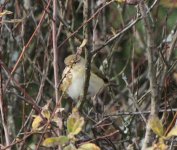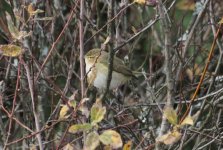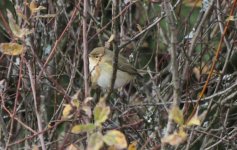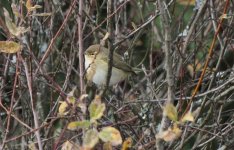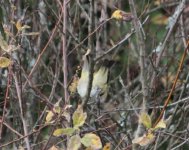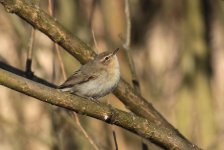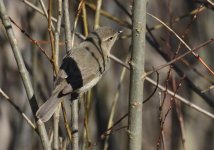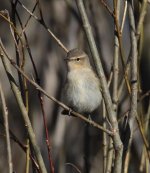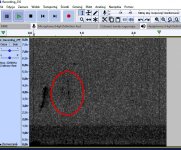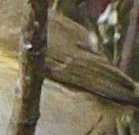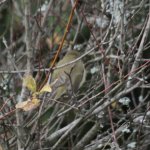Michał Jaro
Well-known member
Hi everyone ,
seems to be a chiff chaff, but you can see the fine wing bar ? Is this normal, somehow I had not noticed this with any chiff chaff before?
And then the voice - amid the sounds of chiff chaffs, one call was another ... Higher, rising and falling quickly.
seems to be a chiff chaff, but you can see the fine wing bar ? Is this normal, somehow I had not noticed this with any chiff chaff before?
And then the voice - amid the sounds of chiff chaffs, one call was another ... Higher, rising and falling quickly.
Attachments
Last edited:




